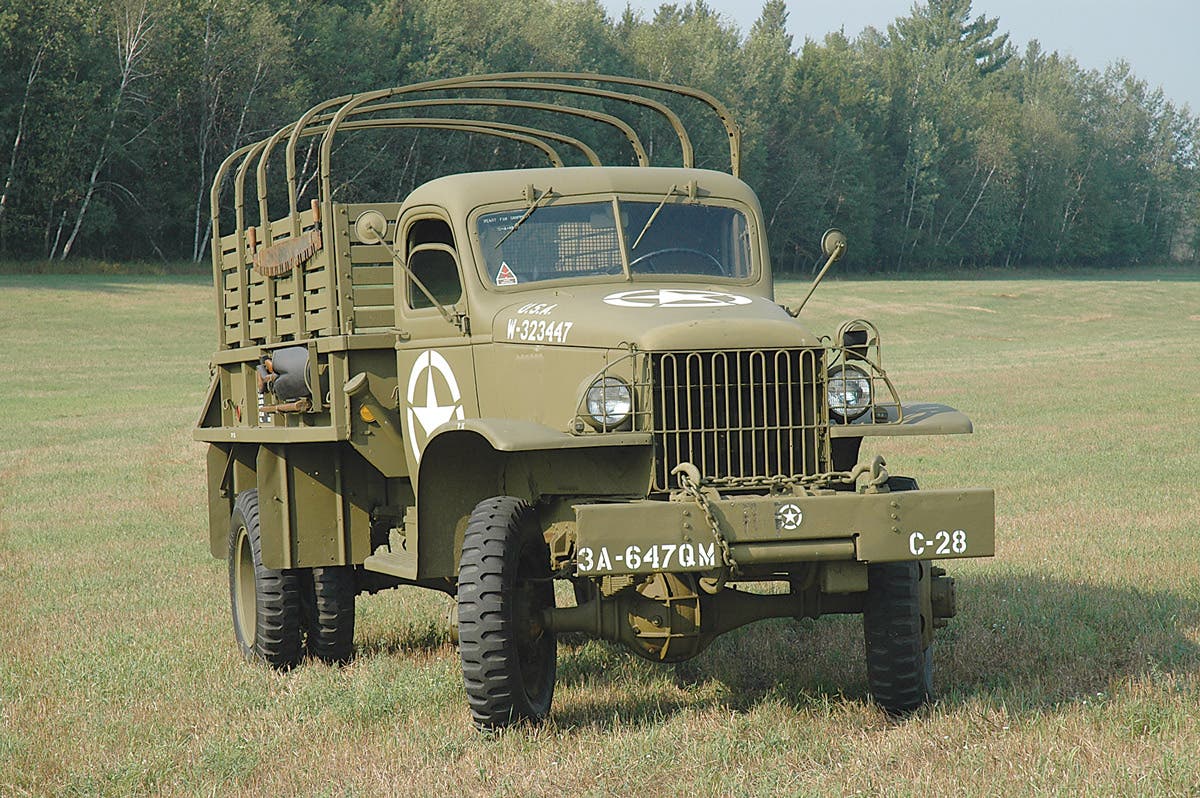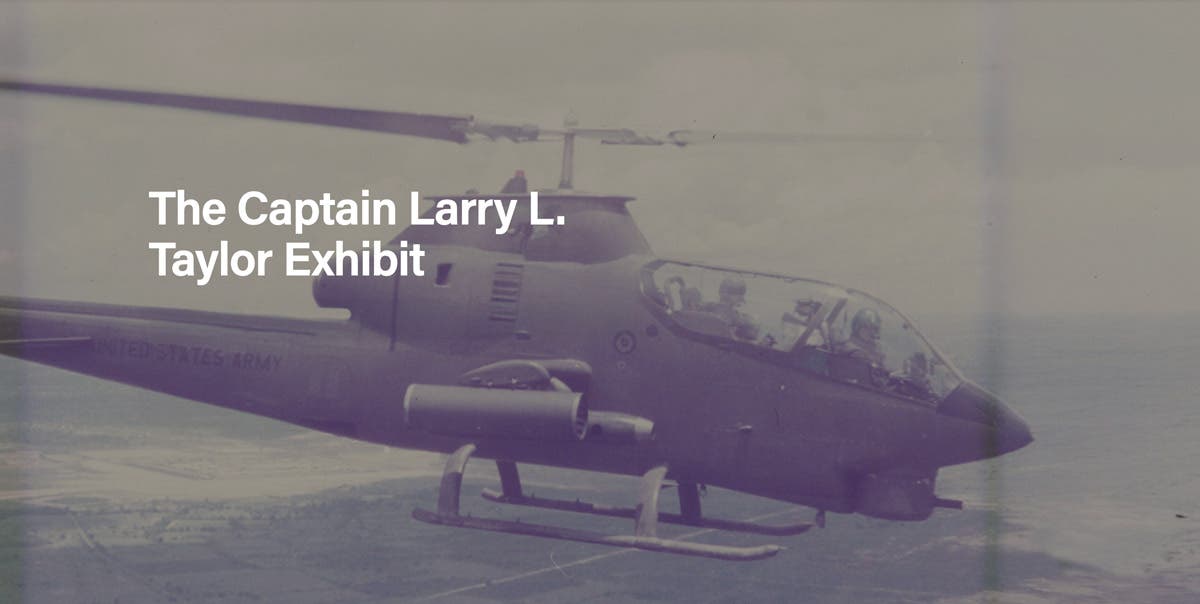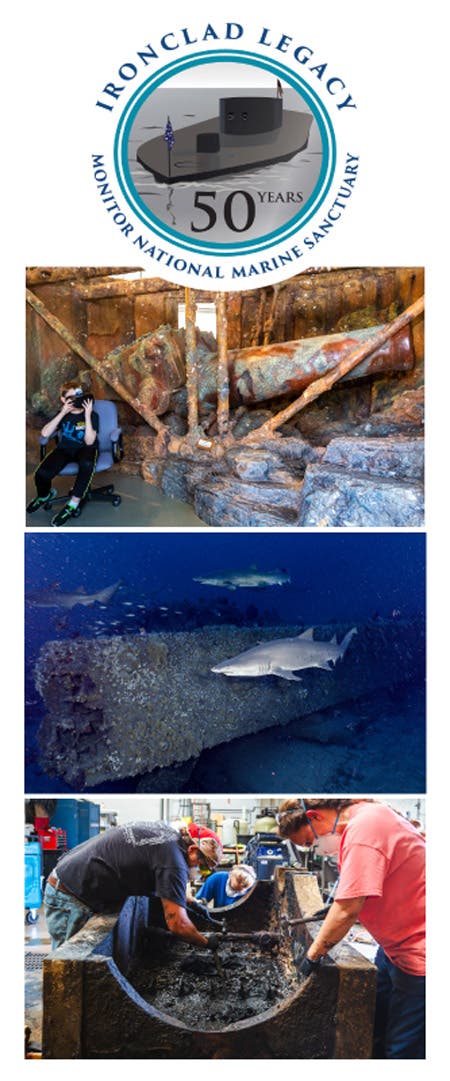“Tank Factory” Walk-Through
by John Norris New exhibit gives “behind-the-scenes” view In a recent poll, the Tank Museum at Bovington in Dorset, England, was voted the most popular museum to visit in the…
by John Norris
New exhibit gives “behind-the-scenes” view
In a recent poll, the Tank Museum at Bovington in Dorset, England, was voted the most popular museum to visit in the country. Military vehicle enthusiasts have long-known this, and the museum is a Mecca for anyone interested in the history of armored warfare. In order to remain popular, museums have to consistently create new displays, the newest exhibition of which is called “Tank Factory.” The large-scale display tells how tanks were made during both world wars and into the post-war era. The exhibition opened on Thursday March 26, and Military Vehicles Magazine was invited along for the event.
The new exhibition focuses on British tank production, but really, it could represent any major country. The display demonstrates how tanks were built by a civilian force that included a large percentage of women, many of whom had never worked in a factory before.
The museum curator David Willey, made a few opening remarks before handing over to His Royal Highness, The Duke of Kent, who officially declared the exhibition “open.” The Duke of Kent had served for 20 years with the Royal Scots Greys, an armored regiment. However, the real honor of the opening fell to Mavis Jones, a remarkable lady who had worked in a tank factory making Churchill tanks during WWII.
Building a tank was not a quick process. Hours were long and exhausting in these factories. For example, it took 2,000 hours to assemble a Matilda II tank. Some 2,987 of these were built between 1937 and 1943, amountingto 5,974,000 hours (248,916 days) of factory labour. That was just for one type of tank. As more men left the factories to enlist, so more women entered the workplace and proved they were capable of working in heavy industry.
It is not without coincidence that the new exhibition is located in a part of the museum complex that was once part of an actual tank factory. Visitors enter through a section that has been laid out to resemble the drawing room. Visitors see blueprints of tank specifications and encouraged to handle and examine wooden models.
In one corner sits a desk with filing cabinets, depicting a post-war engineering office. Photographs and accompanying captions explain this part and the technical drawings show the complexity of the tank.
Passing through the office, a row of three Centurion tanks resemble a post-war production line. Former workers who had assembled later design of tank were among the guests, and some of their stories are used in the display. A large gantry with a crane suspends a life-size fiberglass replica of Centurion tank turret. It is shown ready for fitting to a real tank chassis, providinga perspective of scale.
Throughout the exhibition, there are information points that share the stories of workers to explain the conditions. This is a fully interactive display. Television monitors play archive newsreel film showing wartime tank production. To see the working conditions in these archive films is to look into a world away from the health and safety-conscious conditions in modern tank factories. Items such as workers’ overalls and lockers add a human touch, as do life-size mannequins depicting the interaction between engineers and mechanics.
New viewing gantries allow exhibits to be seen from an elevated point over the production line of Centurions— the central theme of the display. Visitors make their way around, stopping to read about the guns and the ammunition of tanks. A couple of Ferret scout cars have been dissected to show levels of armor protection.
Approaching the end of the exhibition, visitors enter a display which has been created using a Centurion tank that has been cut in half lengthways. The bisected Centurion has been on display for a number of years, but this new exhibition makes full use of it to good effect. Visitors stand between the two halves, as though inside the actual tank and face an interactive screen that shows the crew’s view of things. Orders are given, and the on-screen gun fires. Looking to the left, there is the gunner’s position with him hunched over the breech of the gun, while to the right, the commander and driver show how little room there was inside the vehicle.
The new exhibition extends a visit to an already fascinating museum by around 45 minutes. The display is permanent and full details, along with other special events at the Tank Museum can be found at the Website: www.tankmuseum.org
Military Vehicles Magazine would like to extend its sincere thanks to the Tank Museum for inviting us to the opening and to all the staff for making our visit so enjoyable.








